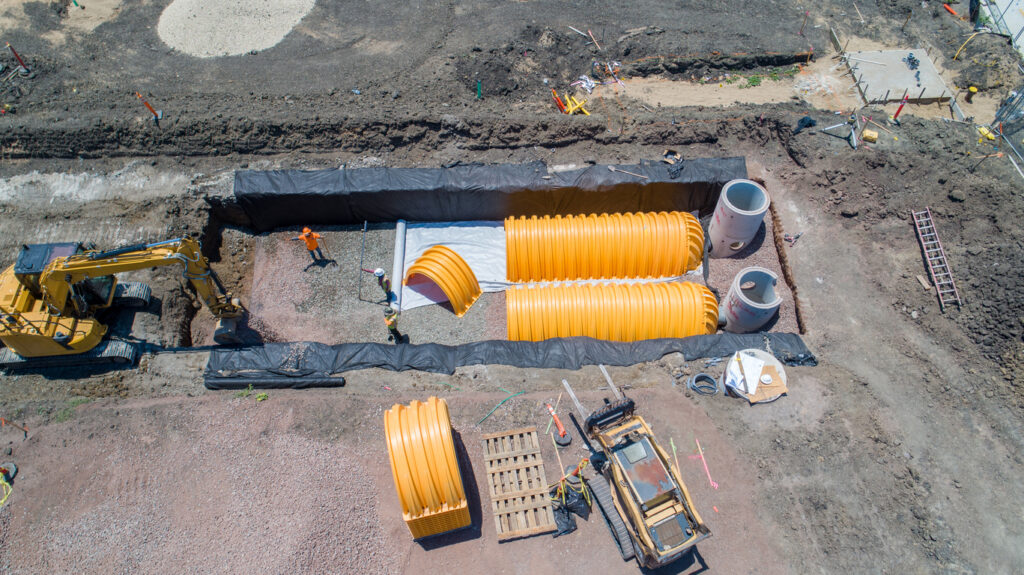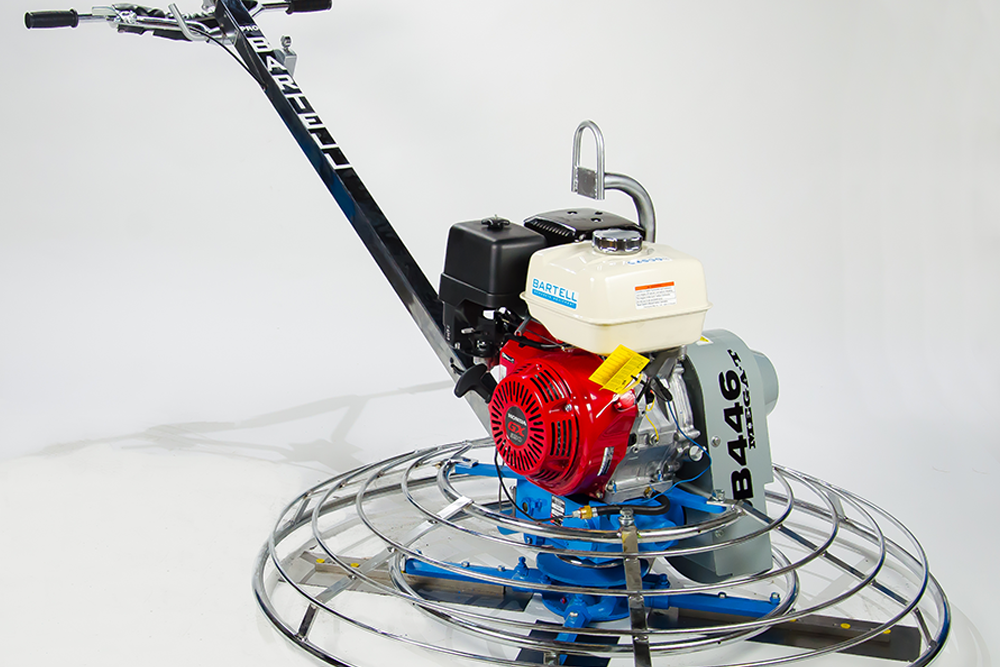Exploring Popular Insulation Types For Metal Buildings
Metal buildings, with their quick erection times, durability and flexibility in design, have grown increasingly popular for various uses, from industrial warehouses to residential homes. However, insulating these structures is essential, as metal easily conducts heat. Proper insulation for metal building ensures energy efficiency and a comfortable environment, regardless of outside weather. But what types of insulation are best suited for metal buildings?
Reflective Foil Insulation
Designed to reflect radiant heat, reflective foil insulation stands out as a choice for metal buildings in hotter climates. This thin insulation layer, usually aluminum foil, has a reflective surface that directs heat away from the building. While not providing a high R-value, its capability to block radiant heat makes it a complementary insulation for other types.
Rigid Board Insulation
Rigid board insulation, made from materials such as polystyrene or polyurethane, is known for its compactness and high R-values. These boards, available in various thicknesses, offer an excellent thermal barrier, ensuring minimal heat transfer. Given their solid structure, they fit well within metal building walls, roofs, and floors, providing both insulation and a degree of structural integrity.
Spray Foam Insulation
Spray foam insulation, a favorite in many construction projects, is also suited for metal buildings. Applied as a liquid, it expands on contact, filling gaps, cracks, and crevices. This characteristic ensures an airtight seal, reducing heat conduction and air infiltration. Available in open-cell and closed-cell variants, spray foam offers flexibility in choosing the insulation level and moisture protection that fits the specific needs of a metal structure.
Fiberglass Batt Insulation
A traditional insulation choice, fiberglass batts, can also be used in metal buildings. These pre-cut sections fit between metal framing (studs), offering a cushioned barrier against heat and cold. While they are easy to install and cost-effective, care must be taken to ensure they are properly sealed. Any gaps can compromise their insulating efficiency, so precision in installation is paramount.
Loose-fill Insulation
Loose-fill insulation, often made from cellulose, fiberglass, or mineral wool, is blown or poured into spaces within a metal building. This type of insulation adapts to irregular shapes and offers a comprehensive insulating blanket. While providing a high R-value, ensuring the metal structure has a proper barrier to hold the loose fill in place and prevent any settling over time is essential.
Insulation and Condensation Control
Metal buildings often grapple with the challenge of condensation, given the temperature difference between the interior and exterior. Insulation plays a critical role in managing this issue. Proper insulation forms a barrier that prevents warm, moist air from coming into contact with the cold metal surface, thereby reducing the chances of condensation. This not only ensures a comfortable interior environment but also extends the lifespan of the building by preventing rust and corrosion. Selecting insulation that provides a seamless fit is vital, eliminating gaps where condensation might form.
Environmental Impact and Insulation Choices
The insulation you choose for your metal building can have broader implications. Some insulation materials, such as certain spray foams or rigid boards, may have a higher carbon footprint during their production or might contain chemicals of concern. On the other hand, options like cellulose or certain types of loose-fill insulation are made from recycled or sustainable materials, making them more eco-friendly. When considering insulation for a metal building, it’s worth weighing the insulation properties and the environmental impact, aligning with broader sustainability goals.

Steel SalesRey Freolo
Latest News

6 Must-Have Concrete Reinforcing Accessories
In construction, boosting and guaranteeing the strength and durability of concrete structures are always a plus. This is where concrete […]

Stormwater’s Buried Structural Plastic Problem
One of the most common solutions to stormwater challenges is big chambers or vaults to hold water. That is when […]

6 Concrete Finishing Tools You Will Need
Getting a smooth, polished, and professional finish on concrete surfaces requires the right set of concrete finishing tools. These tools […]

The Art Of Formwork: Exploring Essential Concrete Form Accessories
Formwork is the unsung hero of concrete construction. It provides the mold that shapes wet concrete into its desired form. […]
